Have any of you wondered where I have gone in this month of December? I want to apologize for my absence. I have been dealing with a family medical emergency, so, I hope you will understand the drop-off of regular posts.
I am happy to report that my family member is recovering well, but I will continue to be out until year's end. I wanted to let you all know that the posts on immunotherapy WILL CONTINUE, once all has settled down.
This year I am especially thankful for the fact that a very special family member is still here with me to experience all the milestones in life still to come! I wish all of you the most festive of holidays, and a bright, peaceful, healthful, 2017.

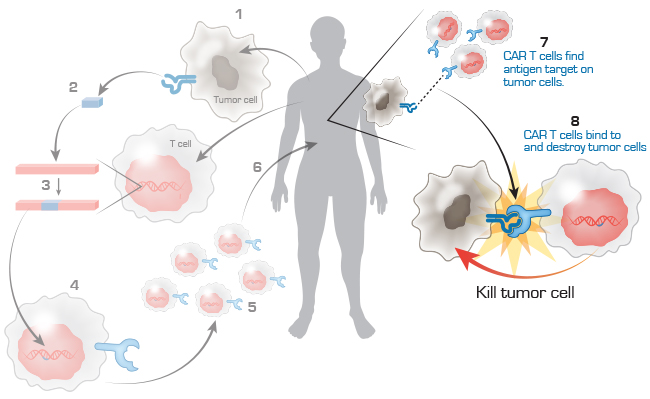
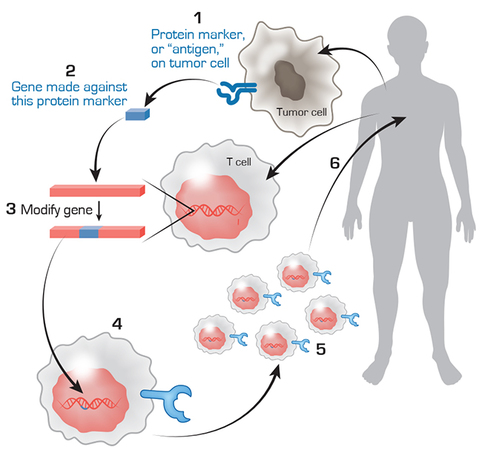
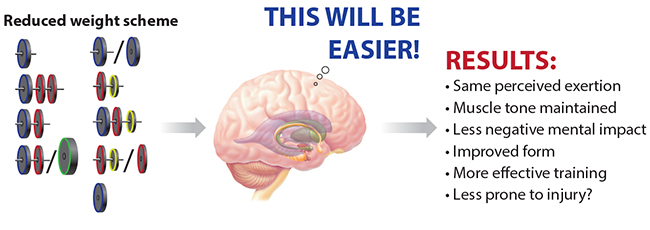
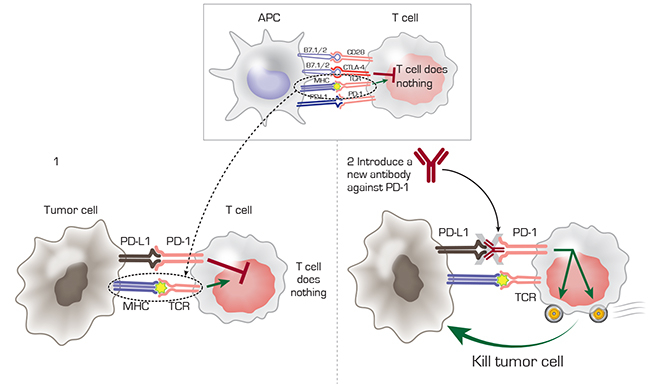
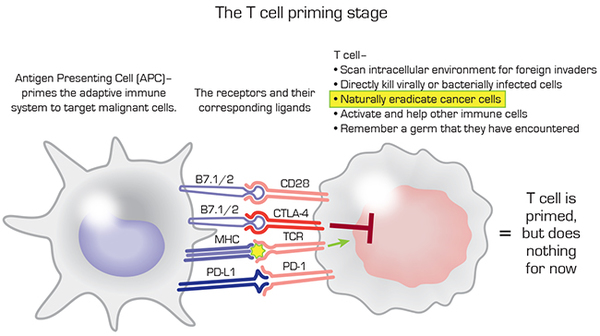
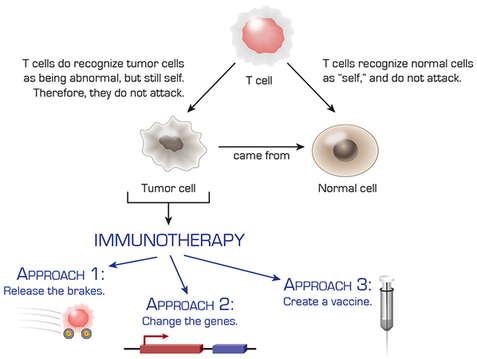
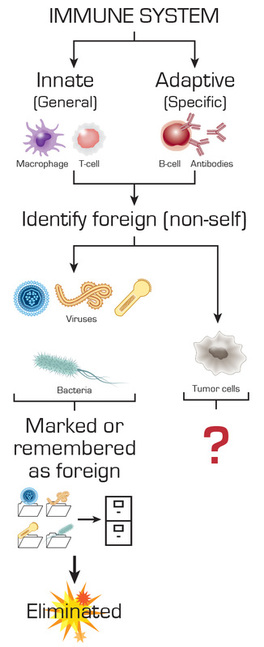
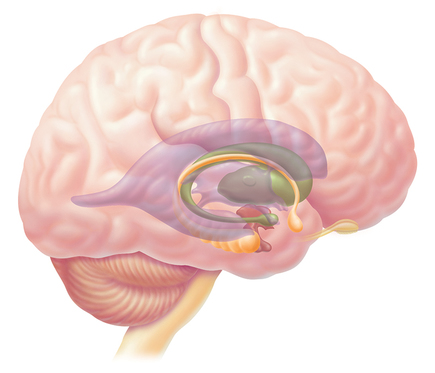
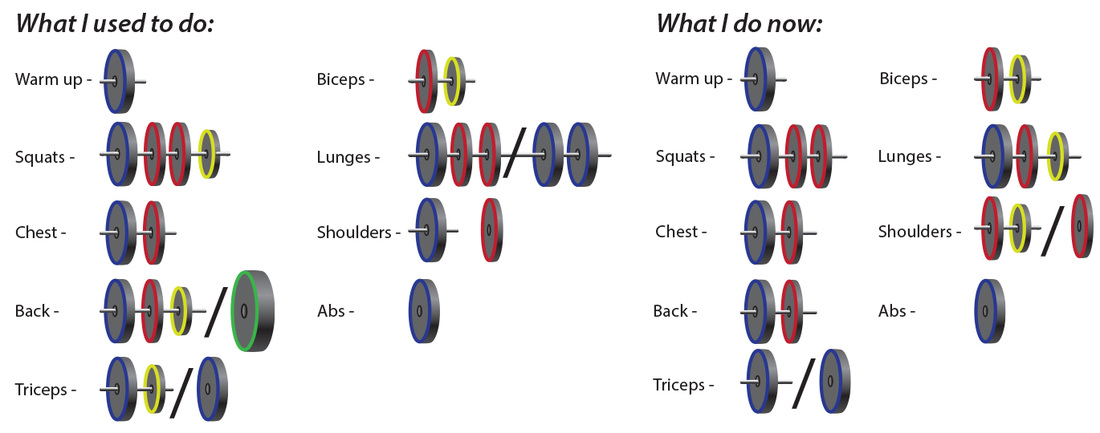
 RSS Feed
RSS Feed
